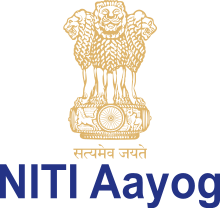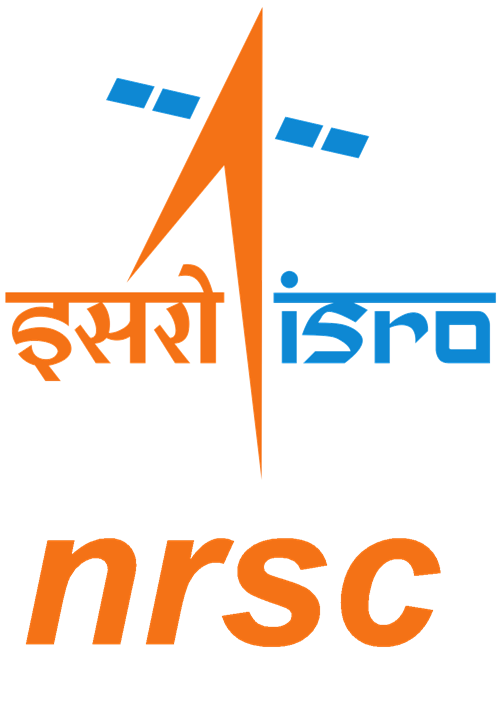

|

Suitability Mapping system |
 |
Greening and Restoration of Wastelands with Agroforestry- (G.R.O.W) |


|
Overview
This project on prioritization of wasteland areas suitable for greening is based on the analysis of five remote sensing derived thematic layers viz. land use, wasteland, slope, water proximity and soil organic content. These parameters were selected as a result of expert consultations and considered to be the most critical layers in identifying area that are amenable for interventions with agroforestry. Highest weightages was given to wastelands.The details of the methodology are available in the section on methodology.
The developed system provides information on area suitable for agroforestry across India. The areas available in the system are classified as highly suitable, moderately suitable, less suitable for agroforestry.
This study will support decision makers to plan wasteland greening projects that can expand the country’s green cover, and help to achieve our national commitments and targets made under The United Nations Framework Convention on Climate Change (UNFCCC) and The United Nations Convention to Combat Desertification (UNCCD) focussed on Ecosystem restoration, Paris Agreement, Land Degradation Neutrality and UN-sustainable development goals set for 2030.
The key features of the system: